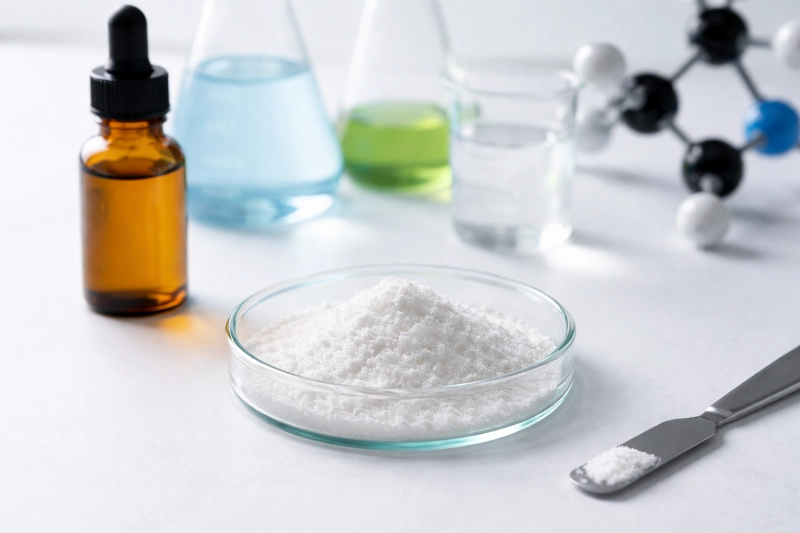Custom injection molding is a game-changer for businesses needing precise and efficient manufacturing solutions. This process allows you to create complex shapes with high accuracy, making it ideal for various industries, from automotive to consumer products. The benefits are clear: reduced waste, faster production times, and the ability to produce large quantities without sacrificing quality.
With custom injection molding, you can tailor designs to meet specific needs. Whether you're launching a new product or enhancing an existing one, this method offers flexibility and innovation. Dive into the world of custom injection molding and discover how it can elevate your manufacturing process and drive success in your business.
Key Takeaways
-
Custom injection molding is a versatile manufacturing process that allows for the production of complex parts with high precision, making it ideal for various industries.
-
Understanding the stages of the injection molding process can help you optimize production efficiency and reduce costs. Familiarize yourself with each step to ensure smoother operations.
-
Selecting the right materials is crucial; thermoplastics are commonly used due to their durability and flexibility. Choose materials that fit your product's specific requirements.
-
Follow design guidelines carefully to enhance mold performance and product quality. Small adjustments in design can lead to significant improvements in the final product.
-
Consider prototyping options before full-scale production to test designs and materials without committing to large quantities, saving time and resources.
-
Regular quality inspection and finishing processes are essential to maintain high standards and meet customer expectations, ensuring that your products are reliable and ready for market.
Understanding Custom Injection Molding
Definition
Custom injection molding is a versatile manufacturing process used to create plastic parts. It involves injecting molten plastic into a mold. This mold shapes the plastic as it cools and solidifies. The process allows for the production of complex shapes and designs with precision.
Efficiency
Efficiency is one of the main advantages of custom injection molding. This method produces high volumes of parts quickly. Once the mold is created, parts can be produced in seconds. Waste is minimized because excess material can be reused. This leads to lower costs for manufacturers.
Industry Relevance
Custom injection molding is relevant across various industries. In the medical field, it creates components like syringe bodies and surgical instruments. These parts require strict quality controls and precision.
In automotive manufacturing, custom injection molding produces many interior and exterior components. Parts like dashboard panels, bumpers, and light housings are made using this method. The automotive industry benefits from the ability to produce durable and lightweight components.
Consumer products also rely on custom injection molding. Items such as toys, containers, and household appliances are often made this way. This method allows for mass production while maintaining quality standards.
DIY Injection Molding
DIY injection molding has become popular among hobbyists. Individuals can create their own molds at home using simple materials. They can experiment with different designs and colors. However, knowledge about the process is essential for success. Understanding how to design molds properly ensures better results.
Injection Mold Design
Injection mold design plays a crucial role in custom injection molding. A well-designed mold reduces defects and improves efficiency. Key factors include mold flow, cooling channels, and part release mechanisms. Designers must consider these elements to optimize the manufacturing process.
A poorly designed mold can lead to costly mistakes. It may cause uneven cooling or difficulty in removing parts from the mold. Therefore, investing time in proper design pays off in the long run.
Stages of the Injection Molding Process
Melting Resin
The injection molding process starts with melting resin pellets. This material, often made from thermoplastics, is heated in a barrel. The temperature reaches around 400°F to 500°F. At this point, the resin becomes a thick liquid.
Once melted, the resin is ready for injection. This is a critical step in the plastic injection molding process. The quality of the melt affects the final product's strength and appearance.
Injecting into Molds
Next, the molten resin is injected into molds. An injection molding machine applies high pressure to force the liquid into the mold cavity. This pressure can reach up to 30,000 psi.
The design of the mold influences how well the resin fills it. Proper mold design ensures minimal defects and uniform thickness in parts. After filling, the resin begins to cool and solidify within the mold.
Cooling Process
Cooling is vital in the molding process. It allows the resin to harden and take shape. Cooling times can vary based on part thickness and material type. Typically, this stage lasts from seconds to minutes.
Automated cooling systems help maintain consistent temperatures throughout this stage. Efficient cooling reduces cycle times and increases production rates.
Automated Systems
Automated systems play a key role in ensuring precision and efficiency. These systems monitor temperatures and pressures during each stage of the injection molding process. They also control injection speeds and cooling rates.
Advanced injection molding presses use sensors to gather real-time data. This data helps operators adjust settings for optimal performance. Automation reduces human error and improves product quality.
Ejector Pins
Ejector pins are essential for removing finished parts from molds. After cooling, these pins push against the molded part to eject it safely. Without ejector pins, parts could stick inside molds, causing damage.
Ejector pins ensure quick removal of parts, allowing for faster production cycles. Their placement within the mold must be precise for effective operation.
Quality Control
Quality control measures are crucial throughout all stages of injection molding processes. Regular inspections catch defects early in production. Adhering to injection molding manufacturing standards ensures consistency and reliability in products.
Using standard injection mold tooling also aids in maintaining quality across batches. Companies often conduct tests on sample parts before full-scale production begins.
https://www.great-mold.com/service.html
Great


